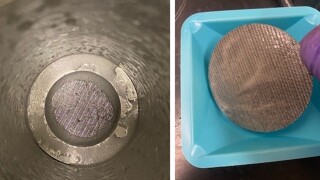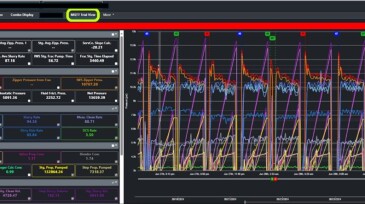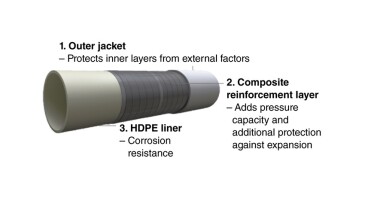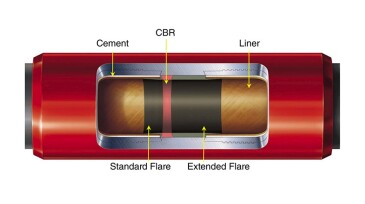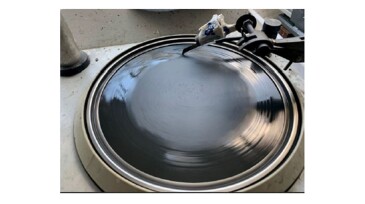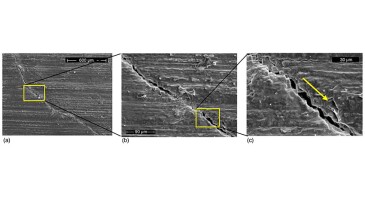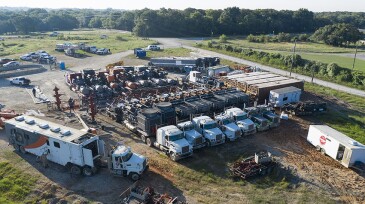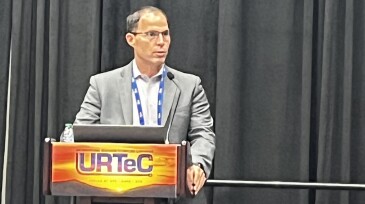Completions
Ranger acquires American Well Services for $90.5 million, adding 39 workover rigs and boosting its fleet by 25%.
In this third work in a series, the authors conduct transfer-learning validation with a robust real-field data set for hydraulic fracturing design.
This paper describes development of a high-temperature water-based reservoir drill-in fluid using a novel synthetic polymer and customized with optimal chemical concentrations and sized calcium carbonate.
-
Intelligent Wellhead Systems and ProFrac Services say the new method simplifies and streamlines data transfer during hydraulic fracturing.
-
This paper discusses the ecosystem challenges that face the development of nonmetallic tubulars, ranging from academia and research institutes to material suppliers and manufacturing facilities for pipe prototyping.
-
This paper highlights an approach of using active hydrogen to stimulate hard-to-recover formations from candidate-well selection through pilot execution and evaluation.
-
This paper discusses the benefits of glass-reinforced-epoxy-lined carbon steel for tubulars, which provides long-lasting protection resulting in major cost savings throughout the life cycle.
-
This paper demonstrates the testing and validation of different mechanical evaluations of the integrity of fiberglass tubing using logging and intervention tools.
-
This study describes a technique combining borehole acoustic reflection imaging with production logging in a horizontal well experiencing high water cut with the aim of enabling a mitigation plan.
-
The aim of this study is to address and discuss the reservoir engineering aspects of geological hydrogen storage.
-
The authors investigate the utility of applying unconventional technology to low- or variably producing carbonate reservoirs to increase estimated ultimate recovery and decrease development-scale variability.
-
Operators tell an audience at the Unconventional Resources Technology Conference how a hybrid expandable liner system and machine-learning-based analysis improve the bottom line.
-
The chief operating officer of Chesapeake Energy tells the Unconventional Resources Technology Conference that small wins can pave the path to big achievements.



